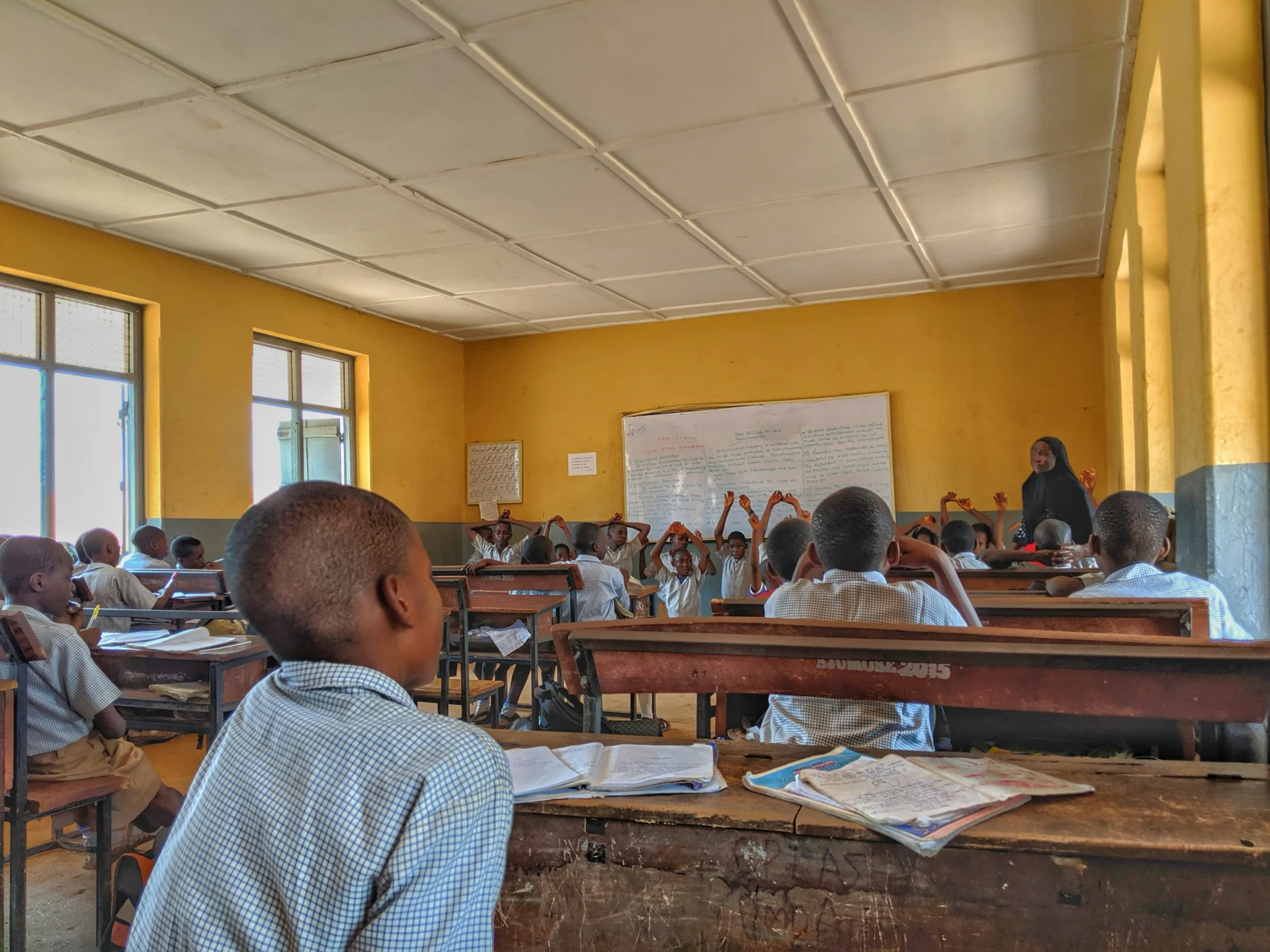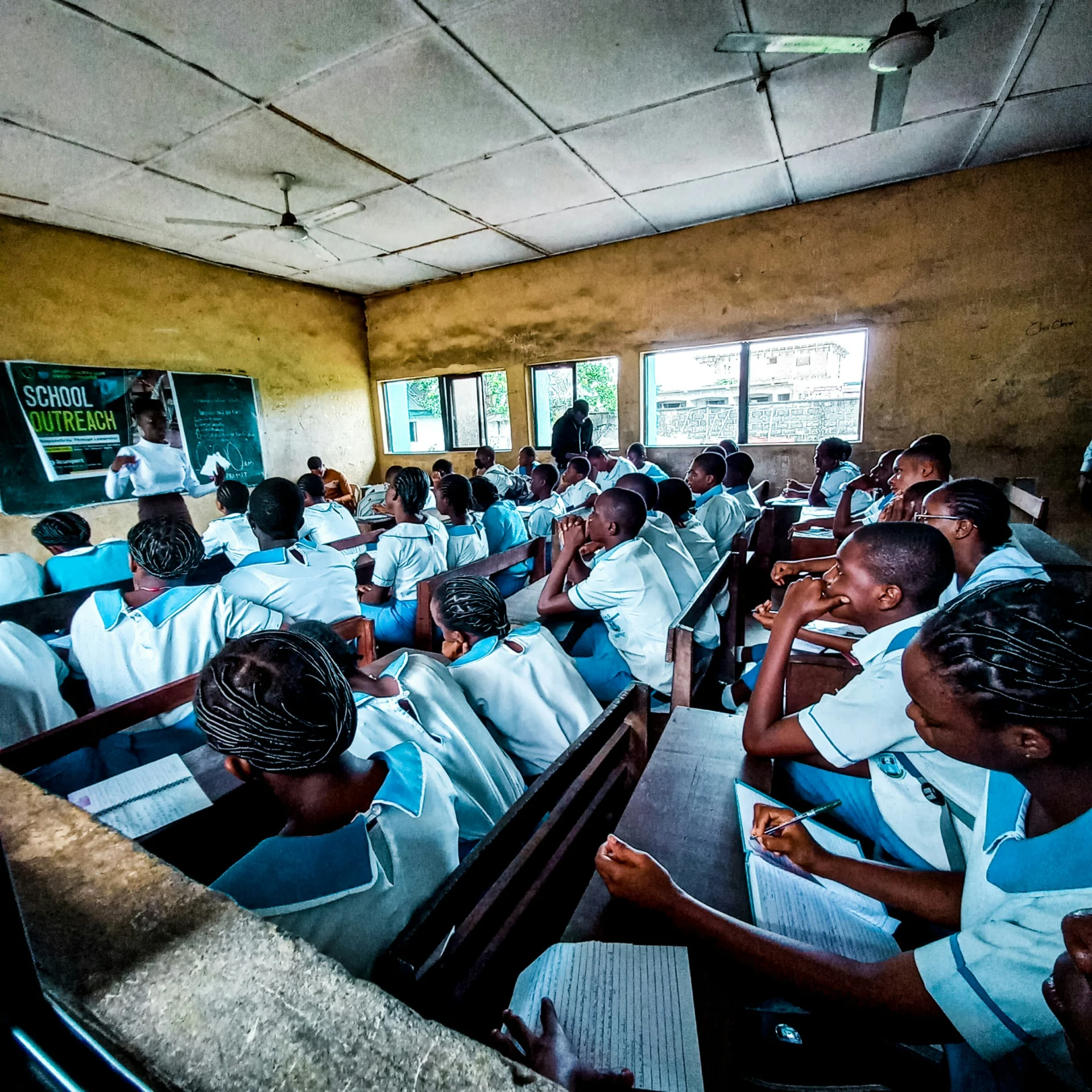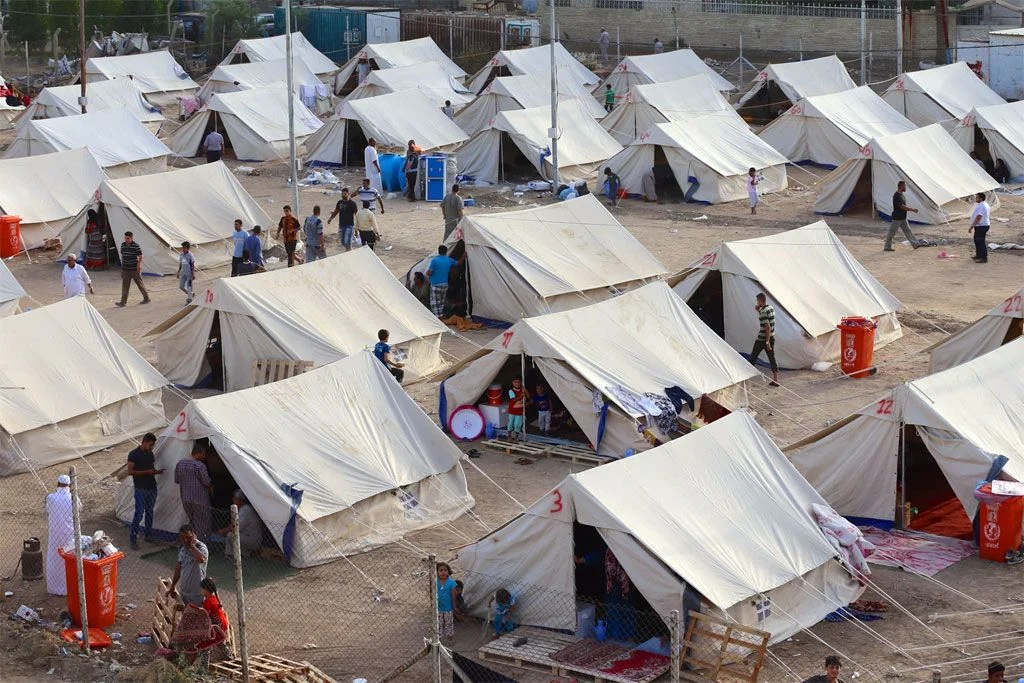In the quest to provide inclusive, equitable, and quality education for all as envisioned by Sustainable Development Goal 4 (SDG 4) countries and development partners are turning to Monitoring and Evaluation (M&E) as a powerful mechanism for driving evidence-based reforms.
Why Data Matters in Education

Monitoring and Evaluation in Education is the structured process of gathering, analyzing, and applying information to track progress and improve outcomes. It answers critical questions:
- Are learners actually acquiring knowledge?
- Are interventions reaching those most in need?
- Is funding being utilized efficiently?
- Are teachers supported and performing effectively?
M&E enables governments, donors, NGOs, and schools to pivot quickly, amplify what works, and retire ineffective programs.
What Does M&E Look Like in Education?

M&E in education typically encompasses:
- Input and process tracking (e.g., number of classrooms built, teachers trained)
- Outcome monitoring (e.g., literacy/numeracy gains, attendance rates)
- Impact evaluations (e.g., change in learning outcomes or life opportunities)
- Feedback mechanisms (e.g., student and teacher satisfaction)
- Policy assessment (e.g., alignment of national education strategies with real-world needs)
Whether you’re implementing a school feeding program or deploying a new digital learning platform, M&E ensures you design for results and learn in real time.
Real-Life Use Cases of M&E in Education

Let’s examine how M&E is being applied in real-world settings across diverse education programs:
1. Uwezo East Africa – Literacy Beyond Enrollment (Kenya, Uganda, Tanzania)
Challenge: Despite rising enrollment rates in East Africa, many students were not acquiring basic skills.
M&E Action: The Uwezo initiative conducted household-based assessments to measure children’s ability to read and solve math problems.
Outcome: In Kenya, data revealed that nearly 40% of Grade 3 pupils could not read a Grade 2 story. These shocking findings prompted governments and donors to re-focus investments on early grade literacy and teacher support rather than just enrollment.
2. EdoBEST – Teacher Monitoring via Digital Tools (Nigeria)
Challenge: High teacher absenteeism and poor accountability were affecting public school performance.
M&E Innovation: The Edo State government launched EdoBEST, using tablets to track teacher attendance, lesson delivery, and student engagement in real time.
Impact: Within one year, teacher absenteeism dropped by 70% and student learning outcomes showed significant improvements. The World Bank cited EdoBEST as a model for effective M&E-based reform.
3. Ghana School Feeding Programme (GSFP)
Challenge: High dropout rates in food-insecure areas.
M&E Approach: Using pre- and post-program attendance records and surveys, evaluators assessed the effect of meals on attendance and cognitive readiness.
Findings: Participating schools experienced a 10–14% increase in attendance, particularly among girls. M&E data informed scale-up plans and funding expansion.
4. DIKSHA Platform Evaluation – Digital Learning in India
Challenge: Digital divide and uneven resource access across India’s education system.
M&E Strategy: A centralized dashboard tracked usage metrics (logins, downloads, regional uptake) to understand where support was needed most.
Outcome: States with low engagement received targeted training and outreach. The platform now supports over 50 million learners and teachers, demonstrating the value of real-time M&E in adaptive management.
5. Community-Based Education Monitoring – Afghanistan
Challenge: Inaccessibility of formal schooling in conflict-affected regions.
M&E Technique: Mixed-method studies evaluated student performance, retention, and gender parity in informal learning centers.
Result: Girls in community-based classes outperformed their peers in government schools. The program’s success influenced the Ministry of Education to formally recognize and expand non-formal education models.
Smart Tools That Make M&E Work
Effective Monitoring and Evaluation in Education relies on:
- EMIS (Education Management Information Systems)
- Mobile data collection apps (e.g., ODK, KoboToolbox)
- Learning assessments and classroom observations
- Stakeholder feedback surveys
- Interactive dashboards and real-time reporting.
Why M&E Is a Game-Changer for Education Policy

- Evidence-Based Reforms: Ministries of Education can adapt curricula, teacher training, or infrastructure investments based on actual performance data.
- Equity Tracking: M&E can help identify marginalized groups girls, rural learners, children with disabilities and inform inclusion strategies.
- Donor Confidence: International funders increasingly demand robust M&E systems before disbursing education grants or loans.
- Program Accountability: M&E ensures schools, districts, and national education bodies are accountable for outcomes not just inputs.
Tips for Building Strong M&E in Education
- Start with a Theory of Change: Map activities to outcomes.
- Build Local Capacity: Train school staff in data use.
- Mix Methods: Combine qualitative and quantitative tools.
- Create Feedback Loops: Share findings with communities.
- Stay Adaptive: Evolve metrics as projects scale.
M&E Is a Must-Have, Not a Nice-to-Have
As global education systems face disruptions from pandemics, conflicts, and climate change, Monitoring and Evaluation is no longer optional it’s essential. M&E provides the roadmap, the headlights, and the dashboard for achieving transformative and resilient education outcomes.
When schools, NGOs, and governments take M&E seriously, they do more than gather data, they drive learning, shape strategy, and build hope for future generations.
Take the Next Step Toward Smarter Education Outcomes
Are you an education program manager, donor, or policy leader looking to improve outcomes?
Invest in strong Monitoring and Evaluation systems from the ground up.
Need support designing an M&E framework for your education project?
Our team of education researchers and evaluation experts is ready to help you build, implement, and measure impact from school access to learning outcomes.
Contact us today to schedule a free consultation





